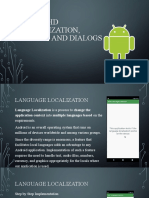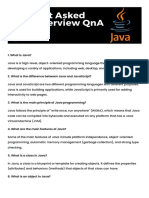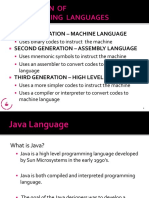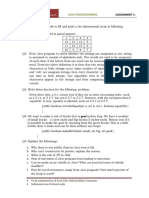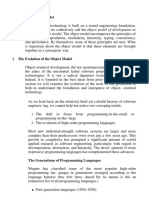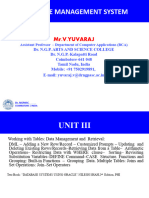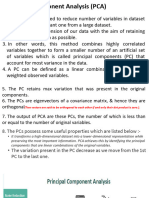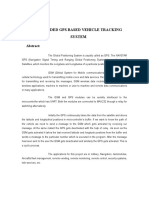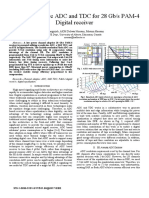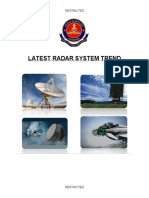0% found this document useful (0 votes)
722 views38 pagesAn Overview of Mobile Computing Motivations and Challenges
Mobile computing aims to provide seamless access to information anywhere and anytime by merging advances in computing, communication, and portable devices. It faces many challenges including severe resource constraints, frequent changes in operating conditions, and the need for adaptive techniques. Example applications include medical response systems, shopping assistants that integrate calendars and lists, and information access from various portable devices using wireless networks.
Uploaded by
Paola Rubio CasallasCopyright
© Attribution Non-Commercial (BY-NC)
We take content rights seriously. If you suspect this is your content, claim it here.
Available Formats
Download as PDF, TXT or read online on Scribd
0% found this document useful (0 votes)
722 views38 pagesAn Overview of Mobile Computing Motivations and Challenges
Mobile computing aims to provide seamless access to information anywhere and anytime by merging advances in computing, communication, and portable devices. It faces many challenges including severe resource constraints, frequent changes in operating conditions, and the need for adaptive techniques. Example applications include medical response systems, shopping assistants that integrate calendars and lists, and information access from various portable devices using wireless networks.
Uploaded by
Paola Rubio CasallasCopyright
© Attribution Non-Commercial (BY-NC)
We take content rights seriously. If you suspect this is your content, claim it here.
Available Formats
Download as PDF, TXT or read online on Scribd
/ 38
























